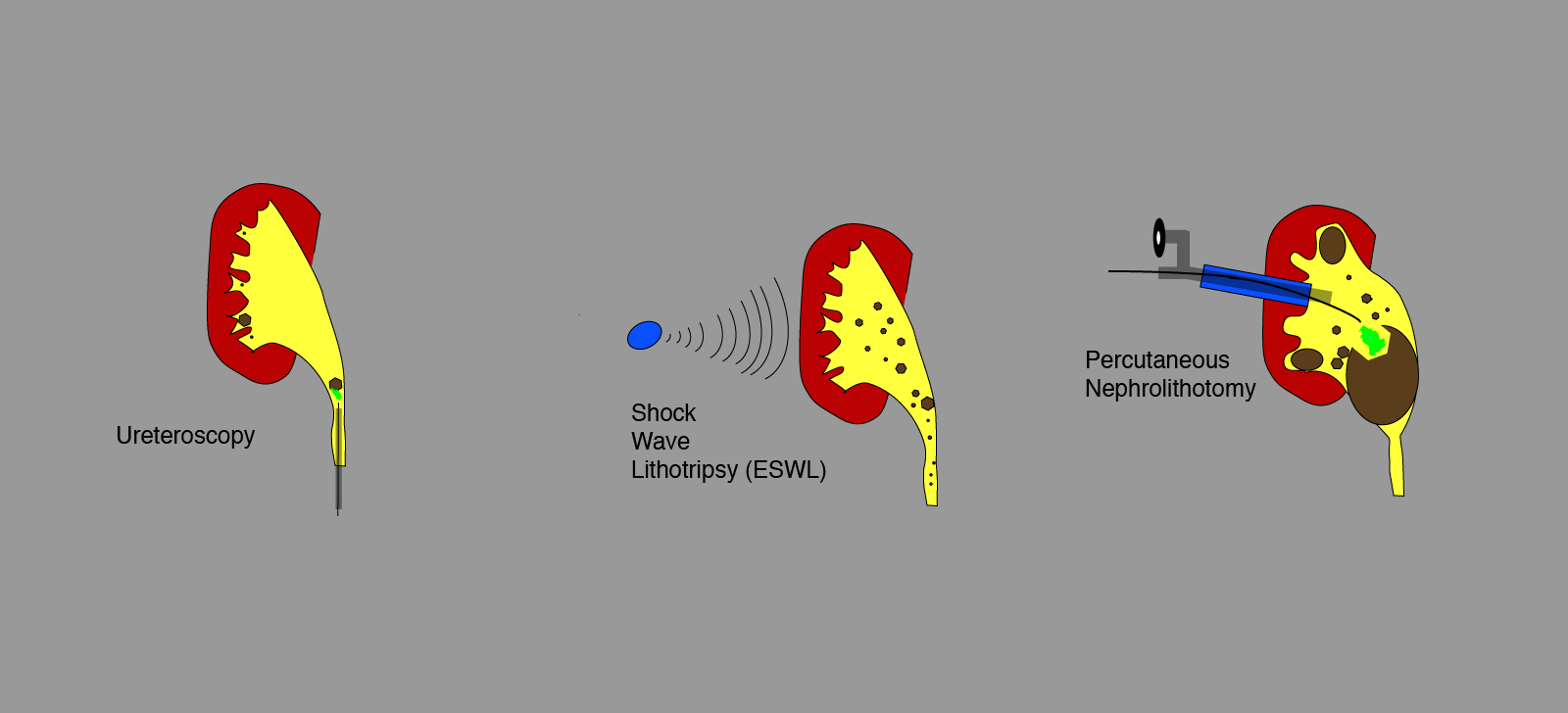Introduction to Kidney Stones
A kidney stone (also called a calculus or -lith) is a solid crystal mass made up precipitated urine minerals and salts that come together to form a stone. Kidney stones can develop in one or both kidneys and can cause severe pain as they pass through the urinary tract. Kidney stones vary in size, ranging from a grain of sand to a larger, golf ball-sized mass.
The most common types of kidney stones are calcium oxalate stones, which form due to high levels of calcium and oxalate in the urine. Other types include uric acid stones, struvite stones, cystine stones as well as other rare forms of stone from proteins and medications.
The symptoms of kidney stones can vary depending on their size and location. The most common symptom is intense pain, often described as sharp and cramp-like, that occurs in the back or side and may radiate to the lower abdomen and groin as a stone tries to pass from the renal pelvis to the ureter. Other symptoms include blood in the urine, frequent urination, a persistent urge to urinate, fever, and general malaise.
Imaging tests such as X-rays, CT scans, and ultrasound are commonly used to diagnose kidney stones after symptoms have begun. These tests help determine the size, location, and composition of the stone. Some patients will have their kidney stones diagnosed when the imaging tests are performed for reasons other than a suspected kidney stone.
Treatment for kidney stones depends on factors such as the size and type of stone, as well as the severity of symptoms. Small stones may pass on their own with increased fluid intake and pain management. Larger stones or stones causing severe symptoms may require medical or surgical intervention.
To reduce the risk of developing kidney stones, it's important to stay hydrated by drinking enough water throughout the day. Additionally, dietary changes may be recommended. Drink more water, eat less salt and sodium, moderate your protein intake, limit high oxalate foods, get enough calcium in your diet and consider adding a little citrate to your diet in the form of orange juice or lemonade.



